1. Haggis – Scotland
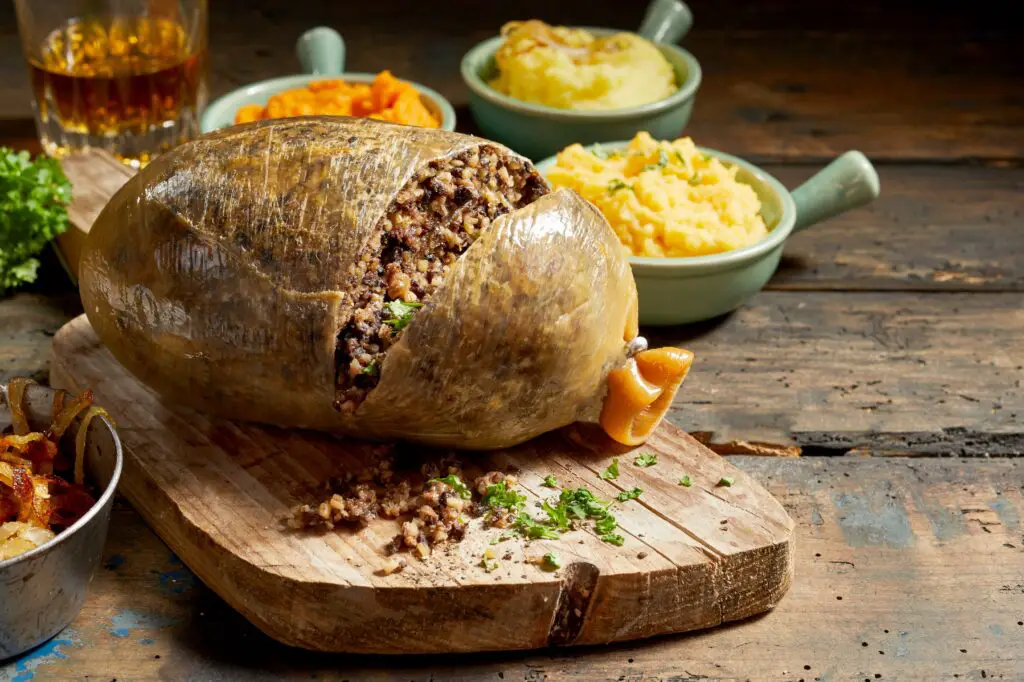
If you ever find yourself in Scotland, someone might offer you a plate of haggis, which is essentially a savory pudding made from sheep’s heart, liver, and lungs, mixed with onions, oatmeal, and spices, all boiled inside a sheep’s stomach. It’s a beloved national dish over there and often enjoyed with neeps and tatties (that’s turnips and potatoes) shares Food Republic.
But here in the U.S., selling haggis that contains sheep lungs is actually illegal. The USDA banned it back in 1971 over concerns that fluids from the lungs could enter the stomach during slaughter. While some versions of haggis are made without the lungs to comply with regulations, it’s not quite the same. Scottish expats often crave the authentic stuff. It’s one of those meals that might make Americans squirm, but for many Scots, it’s a taste of home adds the Guardian.
2. Kinder Surprise – Various European Countries

Kids in Europe absolutely love Kinder Surprise eggs. These hollow chocolate eggs come with a tiny toy hidden inside, making snack time a bit more exciting shares the Daily Meal.
But in the U.S., these treats are banned because of a 1938 law that prohibits embedding non-edible objects inside food. The concern is that kids might choke on the small toy inside. Kinder has tried to work around it by creating a U.S.-friendly version called Kinder Joy, where the toy and chocolate are separated. But it’s just not the same thrill. Many Americans who’ve traveled abroad come back raving about the original version adds the Independent.
3. Casu Marzu – Italy

This Sardinian cheese is not for the faint of heart. Casu Marzu starts as a regular pecorino but is then deliberately infested with cheese flies whose larvae help break down the fats, making the cheese incredibly soft and spreadable.
Yes, that means you’re eating cheese that has live maggots in it. Technically, it’s illegal in the EU, but it’s still made and eaten by locals in Sardinia and sold on the black market. In the U.S., the FDA’s strict rules against foods containing live insects make this one a hard pass legally. But for those who love extreme eats, Casu Marzu is almost like a culinary dare. Just don’t expect to find it at your local deli.
4. Ortolan – France

This tiny songbird is considered a delicacy in France and has been eaten by some of the country’s most famous chefs and diners. Traditionally, the bird is drowned in Armagnac and then roasted whole, bones and all.
To eat it, diners place a napkin over their heads, supposedly to trap the aromas—or maybe to hide their shame. It’s been banned in France since the 1990s due to conservation concerns, but it’s still consumed illegally on rare occasions. In the U.S., both the method of preparation and the endangered status of the bird would make it strictly off-limits. Even foodies with adventurous palates would likely hesitate. It’s one of the more controversial dishes out there.
5. Sannakji – South Korea
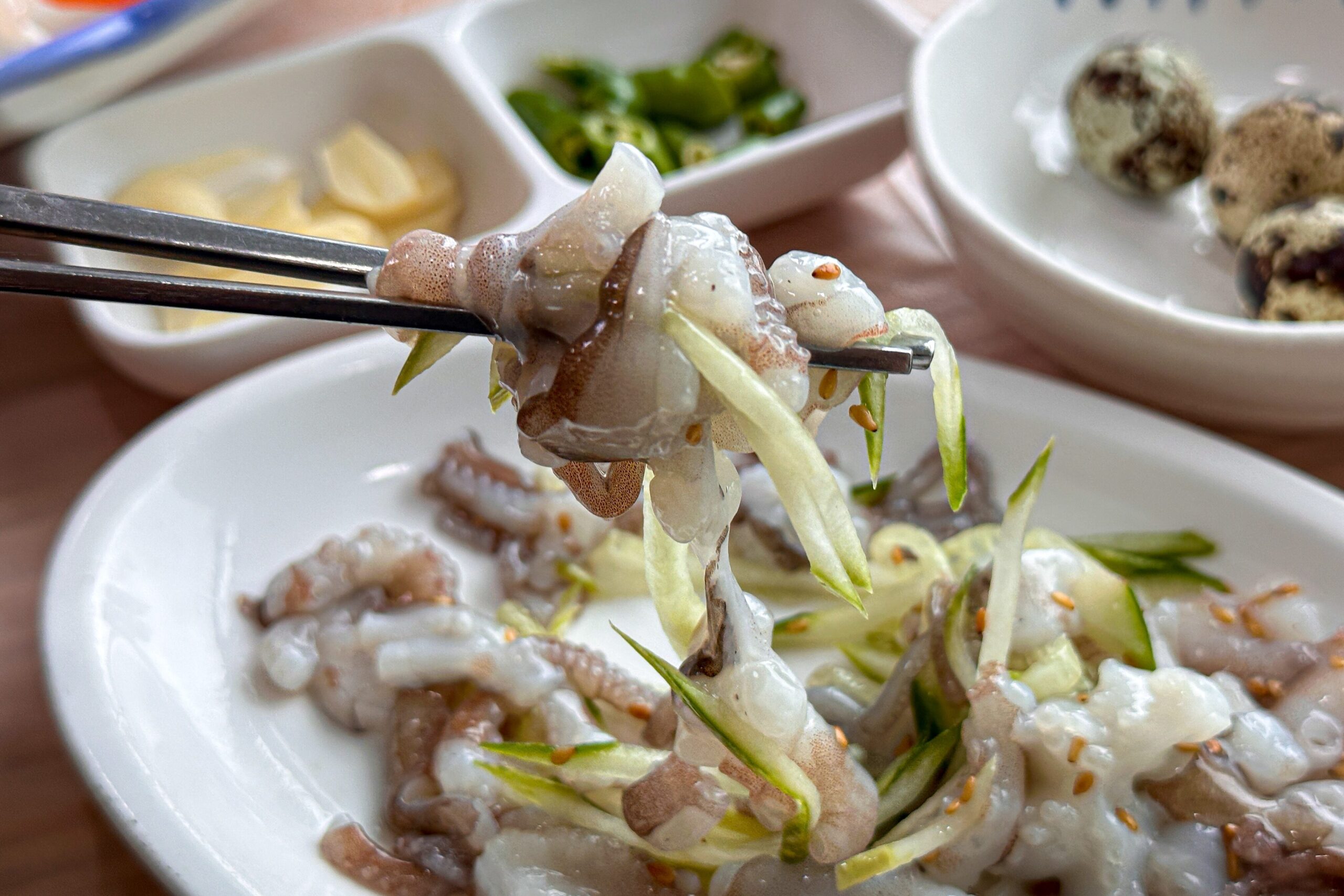
Sannakji is a dish that looks like it’s still alive—because it kind of is. It consists of chopped-up raw octopus that’s served immediately, so the pieces are still wriggling when they hit your plate.
In Korea, it’s prized for its freshness and chewy texture. But the U.S. has concerns about food safety and choking hazards when it comes to live seafood. Several people have choked on the suction cups of this dish. Health departments would never allow it to be served this way here. Still, adventurous travelers who visit Seoul often seek it out just for the thrill.
6. Horse Meat – Kazakhstan
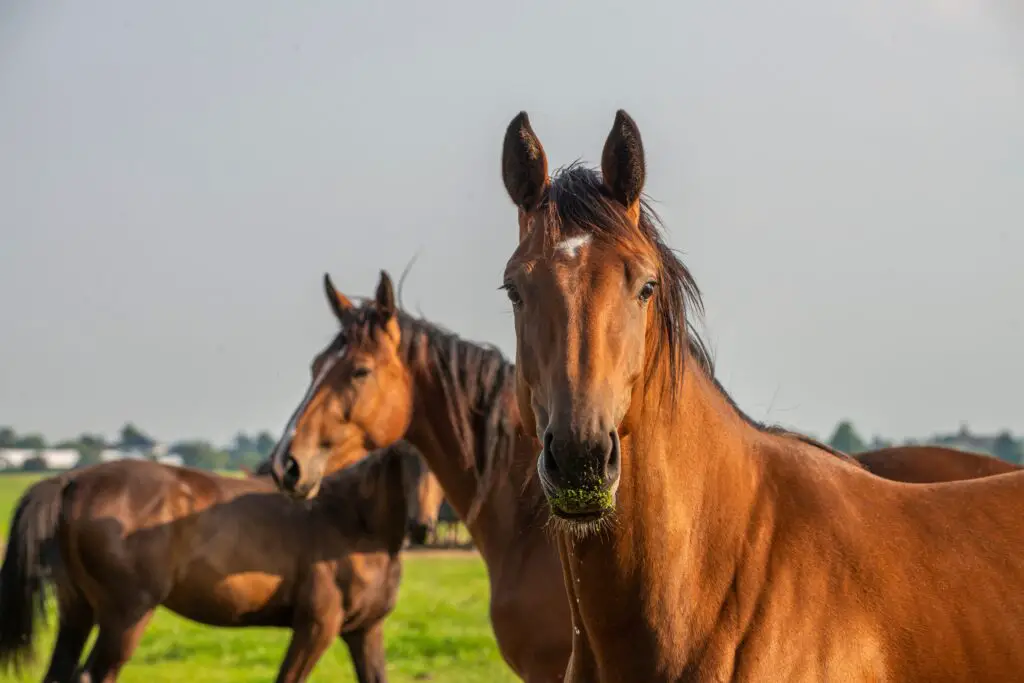
In Kazakhstan, horse meat isn’t just accepted, it’s considered a staple of the national diet. It’s used in a variety of traditional dishes like kazy (a type of sausage) and is often served at important celebrations.
In the U.S., while eating horse meat isn’t technically illegal, slaughtering horses for food has been banned through defunding inspections of horse meat processing plants. This essentially makes it illegal by default. There’s also a major cultural stigma around eating horses in America, where they’re often seen more as pets or companions. For many Kazakhs, though, it’s a source of pride and tradition. It’s definitely a culture clash in terms of what’s considered food.
7. Shark Fin Soup – China

This dish is considered a delicacy at weddings and formal banquets in China. The fins are used to add texture to a broth, even though they don’t have much flavor on their own.
However, the way fins are harvested has caused major controversy. Often, sharks are caught, their fins sliced off, and then they’re thrown back into the ocean to die. Due to these inhumane practices, several U.S. states have banned the sale and possession of shark fins. The federal government has also taken steps to crack down on the trade. Even if someone tried to bring it in, it would be seized at customs.
8. Fugu – Japan
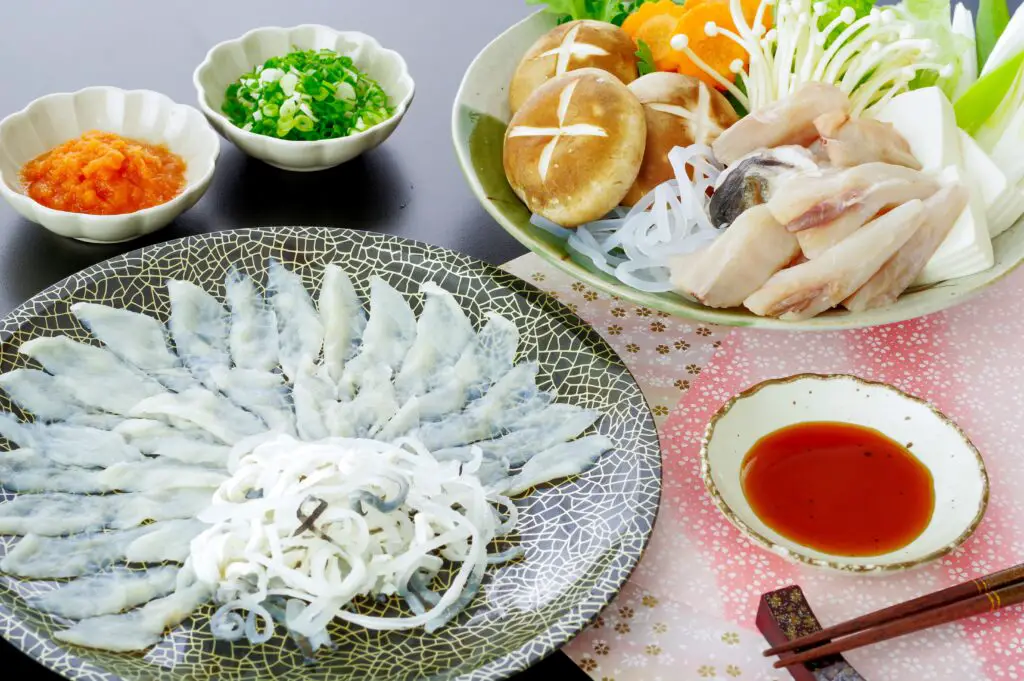
Fugu, or pufferfish, is one of Japan’s most famous (and dangerous) delicacies. If it’s not prepared properly, it can contain lethal amounts of a toxin called tetrodotoxin, which has no known antidote.
Only specially licensed chefs are allowed to prepare it in Japan. In the U.S., it’s tightly regulated and only a few restaurants have permission to import and serve it under strict guidelines. Most states just don’t take the risk. Despite the danger, it remains a popular bucket-list item for daring foodies. But it’s one wrong cut away from disaster.
9. Ackee Fruit – Jamaica
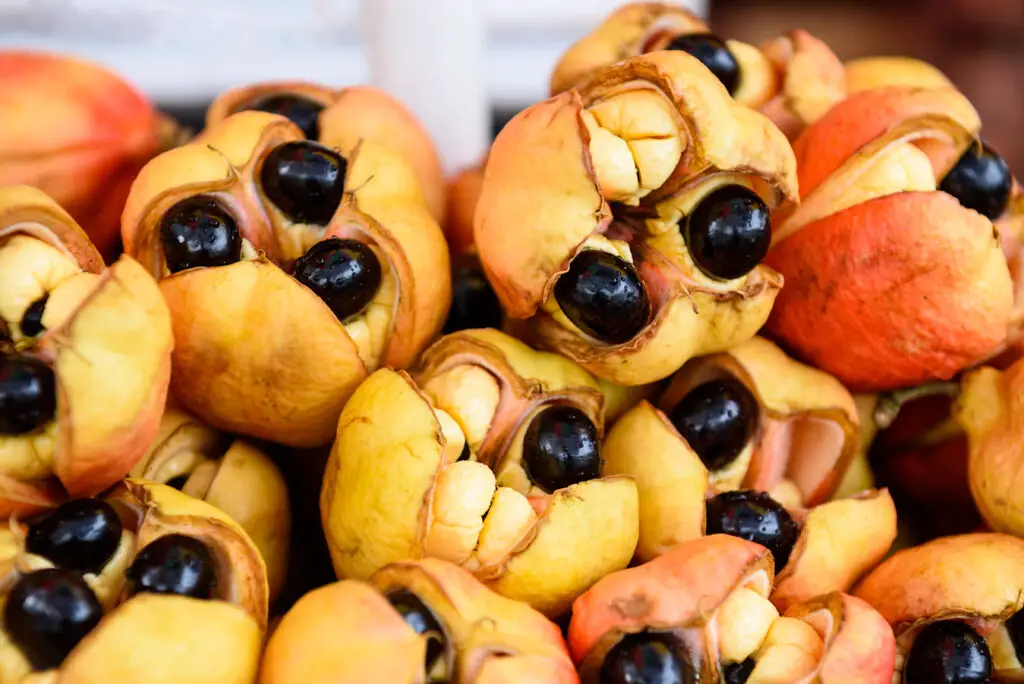
Ackee is Jamaica’s national fruit, often served with salted cod in a dish called ackee and saltfish. But if you eat it before it’s fully ripe, it can be poisonous due to a toxin called hypoglycin.
Because of this, the U.S. has strict regulations on importing the fruit. Only frozen or canned versions that meet FDA standards are allowed, and fresh ackee is banned outright. While Jamaicans know exactly how to prepare it safely, the margin for error is too great for U.S. regulators. It’s a bit of a shame because the dish is delicious when done right. Still, it’s one fruit you don’t want to take chances with.
10. Black Pudding – United Kingdom
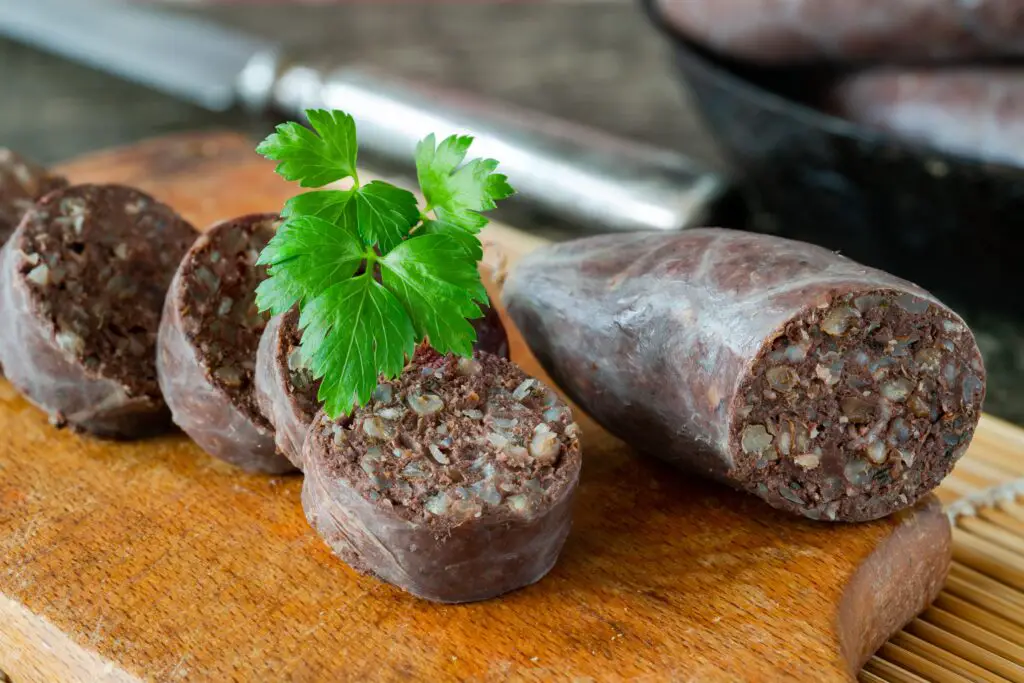
Black pudding is a type of blood sausage made from pork blood, fat, and oatmeal. It’s a traditional part of a full English breakfast and beloved in the U.K.
While some versions are available in the U.S., others are banned due to laws against using blood as an ingredient in food. It’s a tricky legal area because state regulations can vary. Some local butchers have figured out workarounds, but imported versions are often stopped at the border. The idea of eating blood is off-putting to many Americans, which adds another layer of cultural resistance. Still, those who’ve tried it often become fans.
11. Raw Milk Cheese – France
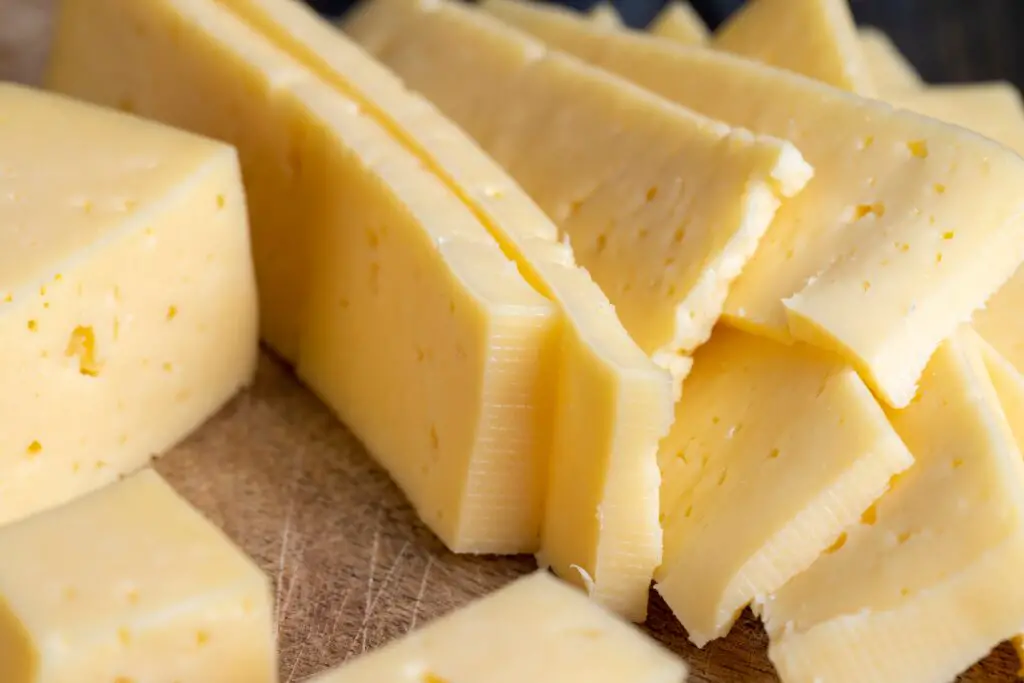
France is famous for its raw milk cheeses like Roquefort and Camembert. These cheeses are beloved for their strong flavor and creamy texture, which come from being aged without pasteurization.
But in the U.S., raw milk cheeses must be aged for at least 60 days before they can be sold legally. That means younger, softer varieties are banned outright. The concern is about bacteria like Listeria or E. coli. However, European producers argue that traditional methods are safe and give the cheese its character. Cheese lovers in the U.S. often go to great lengths to find smuggled versions.
12. Bird’s Nest Soup – China
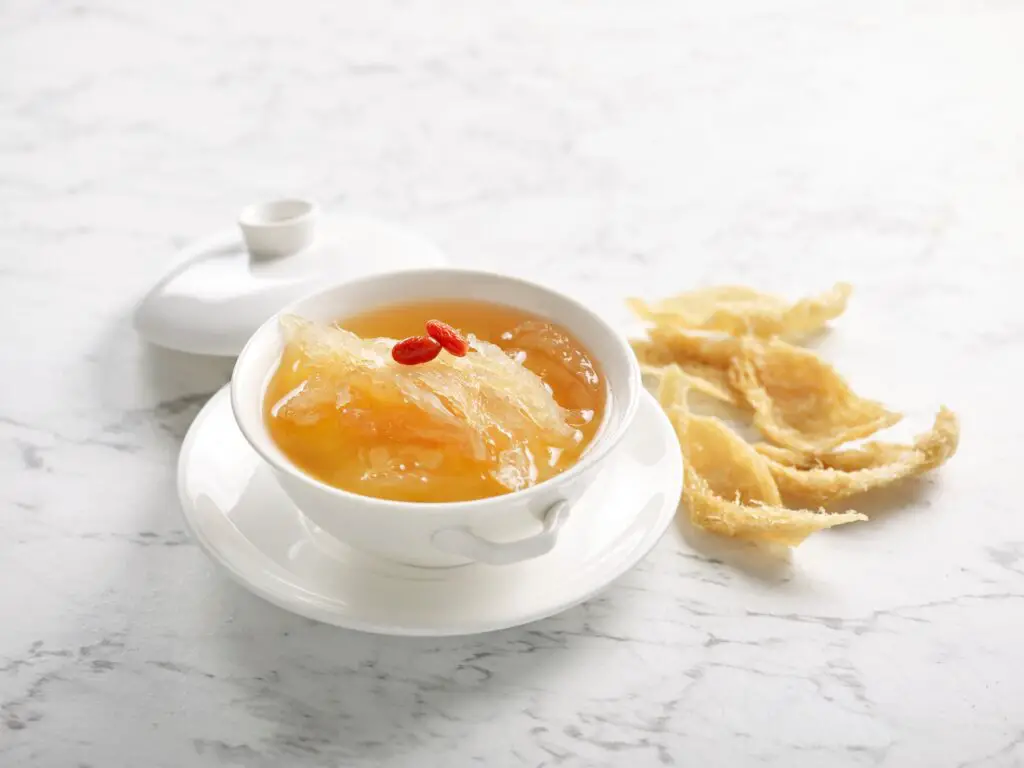
This delicacy is made from the saliva nests of swiftlet birds. It’s gelatinous, expensive, and considered good for the skin and health in traditional Chinese medicine.
The U.S. bans most edible bird’s nests due to concerns over avian diseases and unsanitary harvesting conditions. Even if the nests are cleaned and processed, getting them approved through customs is incredibly difficult. Some people try to bring them in during travel, only to have them confiscated. It’s a prized dish in many Asian cultures, often served during celebrations. But it’s a no-go on U.S. menus.
13. Sea Turtle Soup – Nicaragua
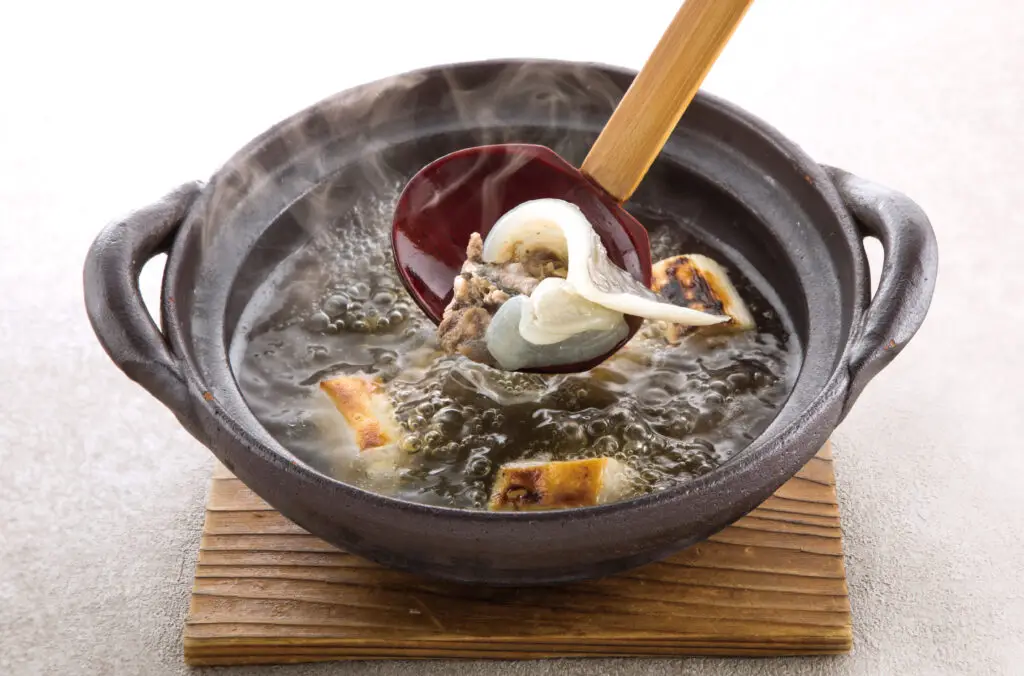
In parts of Nicaragua, sea turtle meat and eggs are still consumed, despite international conservation efforts. Turtle soup is considered a delicacy and often served during festivals.
But in the U.S., sea turtles are protected under the Endangered Species Act. It’s illegal to hunt, sell, or eat them, even in small quantities. The global push to save these ancient creatures has led to a lot of tension between tradition and conservation. While many Nicaraguans see it as part of their cultural heritage, U.S. laws prioritize species survival. No matter how good the soup may taste, it’s off the table here.
14. Bushmeat – Parts of Africa
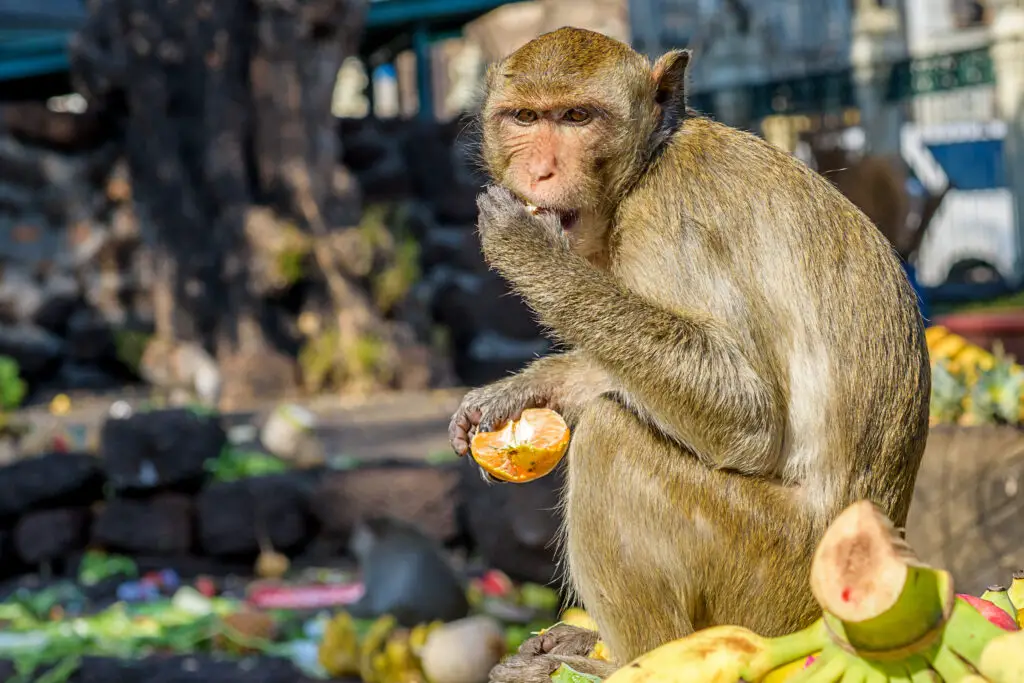
Bushmeat refers to wild animals hunted for food, including bats, monkeys, and antelopes. In some African countries, it’s a vital source of protein and an important part of rural diets.
However, the U.S. has banned the import of bushmeat due to the risk of zoonotic diseases like Ebola. The trade is not only illegal but also heavily monitored at airports and borders. Occasionally, seizures are reported when travelers try to bring it in. There are also ethical concerns about endangered species. For Americans, the health risks far outweigh the cultural curiosity.
15. Surströmming – Sweden
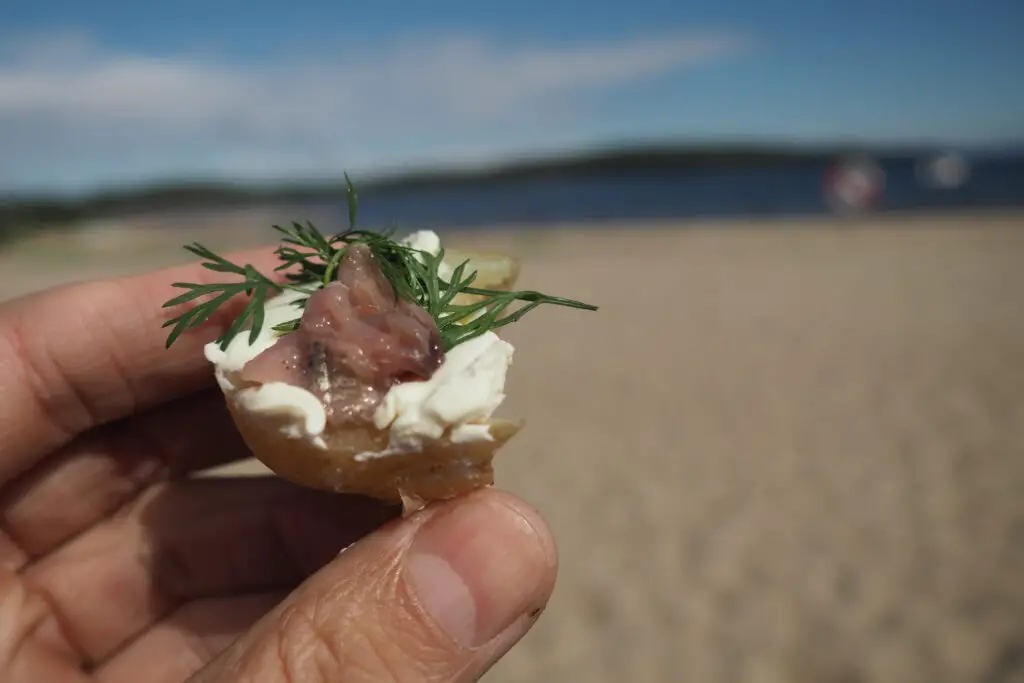
Surströmming is fermented Baltic herring, and it’s infamous for its incredibly strong, pungent odor. Swedes often eat it outdoors with flatbread and potatoes because the smell is that intense.
In the U.S., it’s not technically illegal, but it’s almost impossible to find. Airlines have even banned it from cargo due to the risk of the cans exploding from fermentation gases. Health regulations about food storage and odor make it a tough sell in grocery stores. While some specialty shops online claim to carry it, it rarely makes it past customs. It’s definitely one of those foods you need to prepare yourself mentally (and physically) for.
